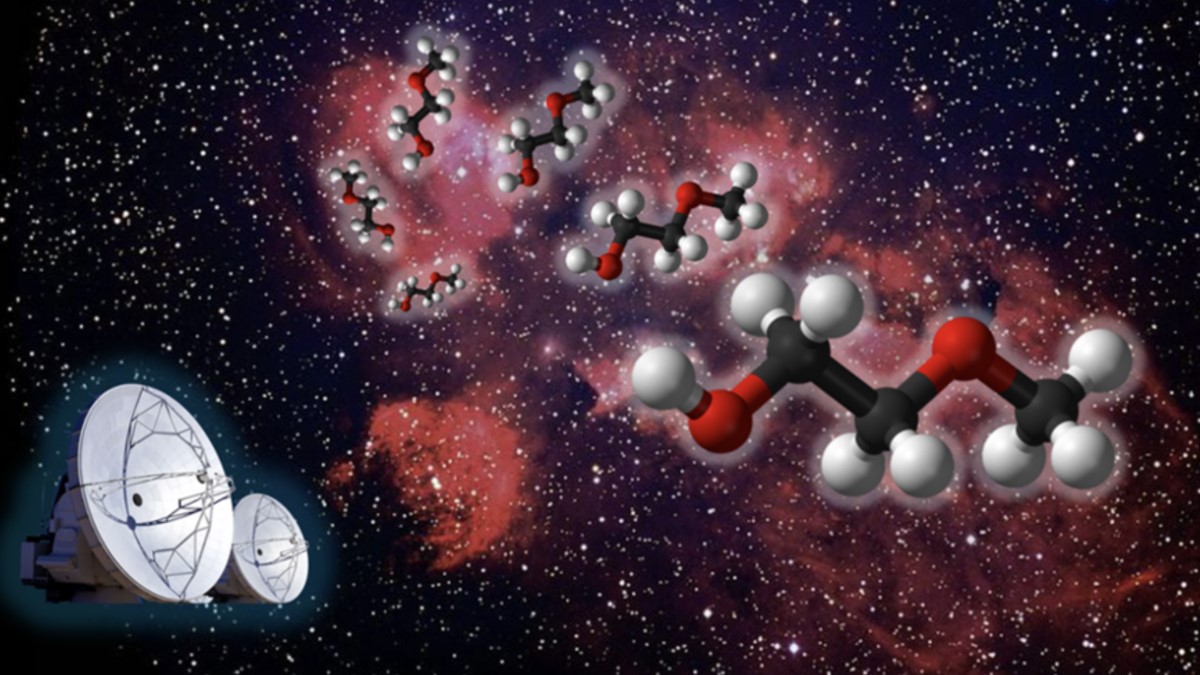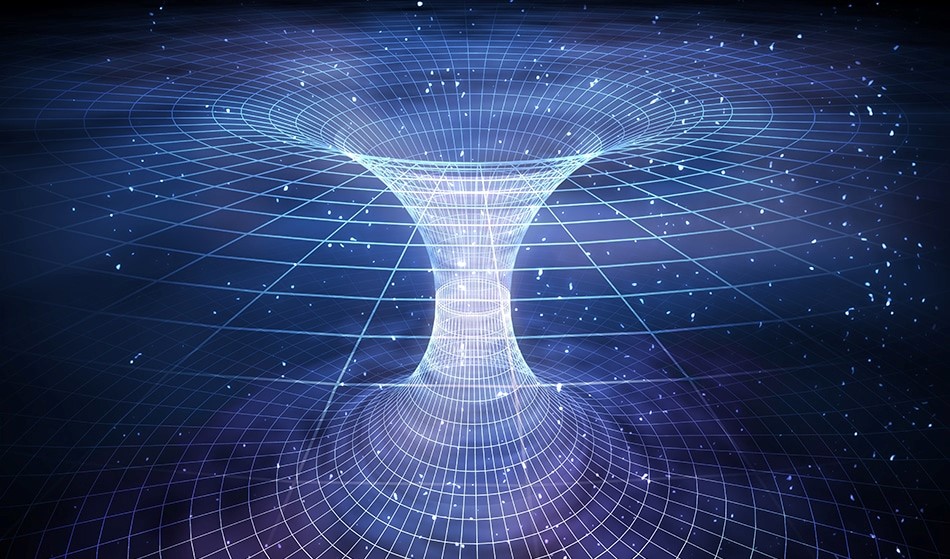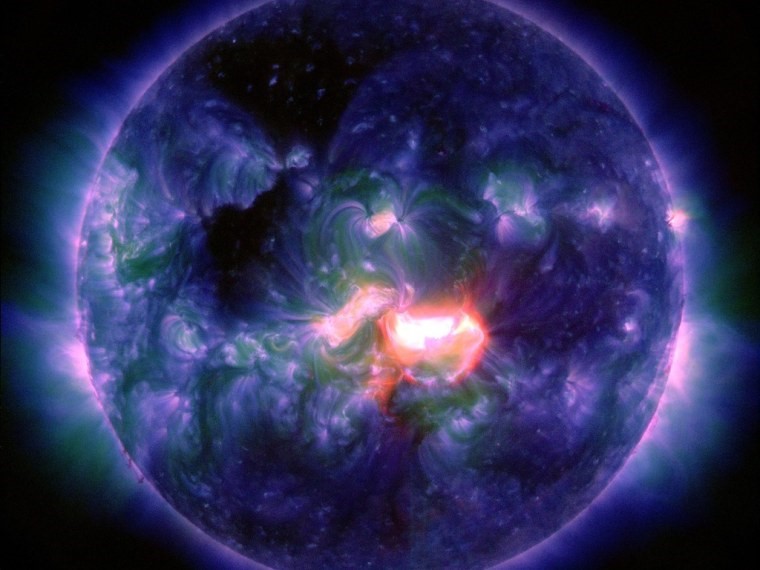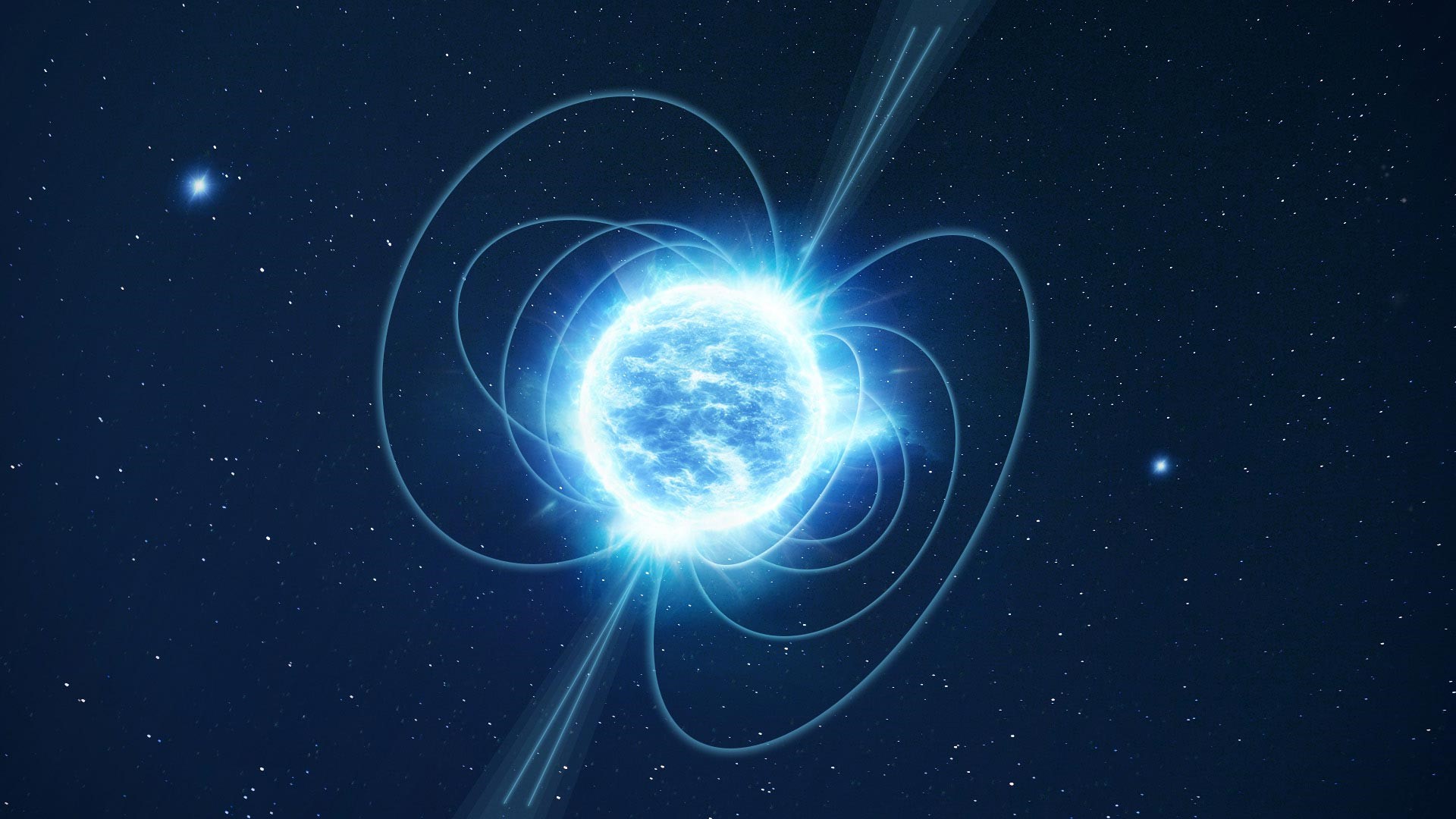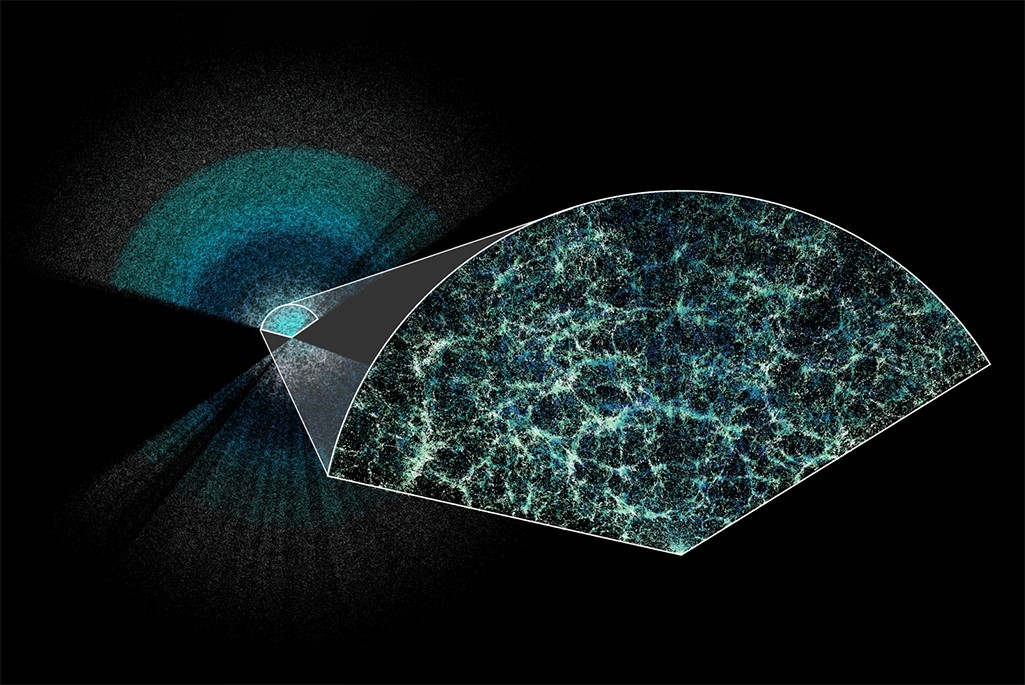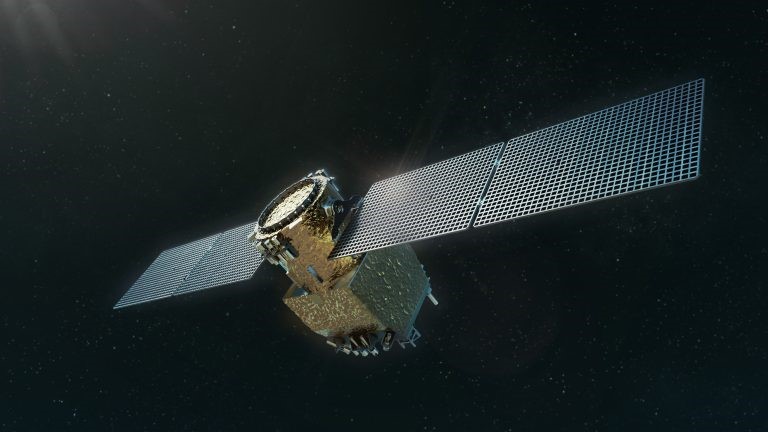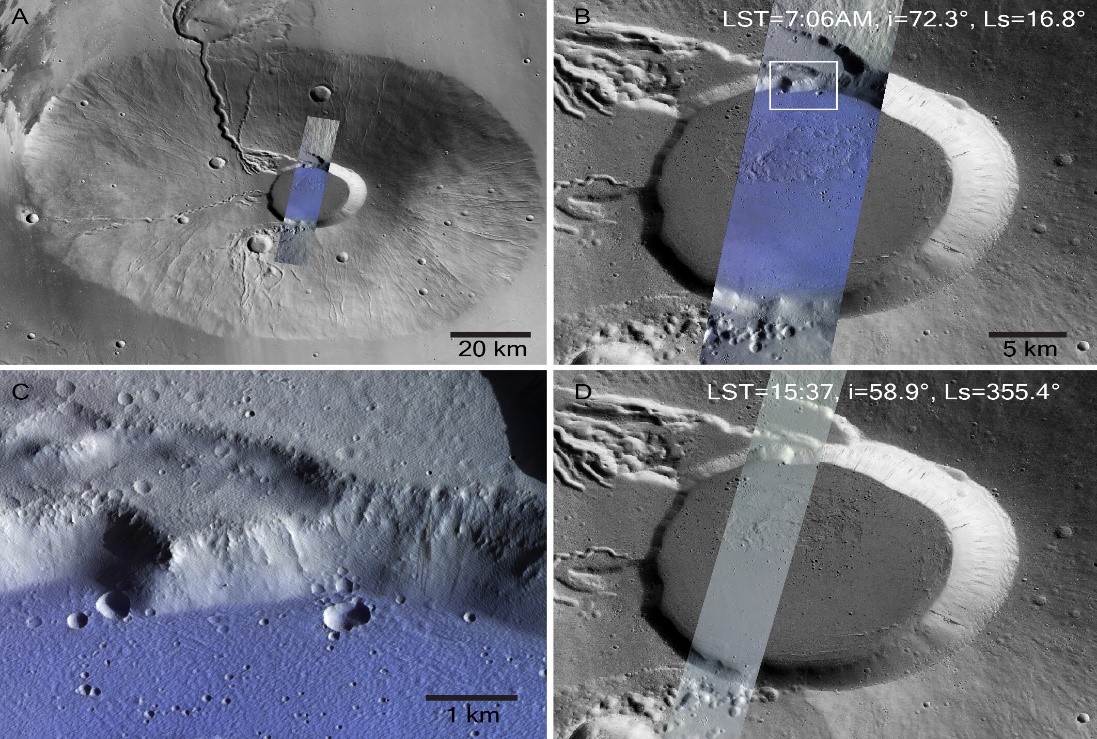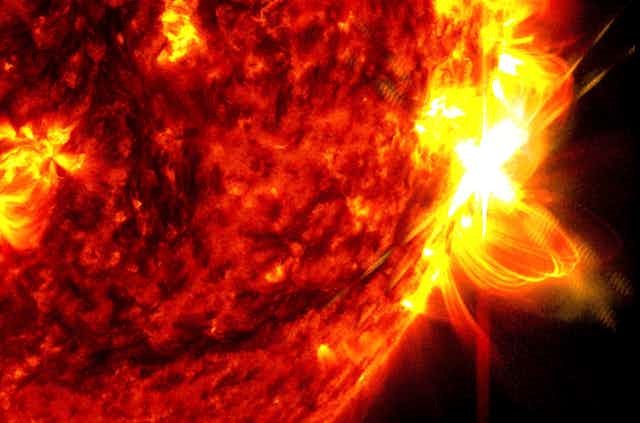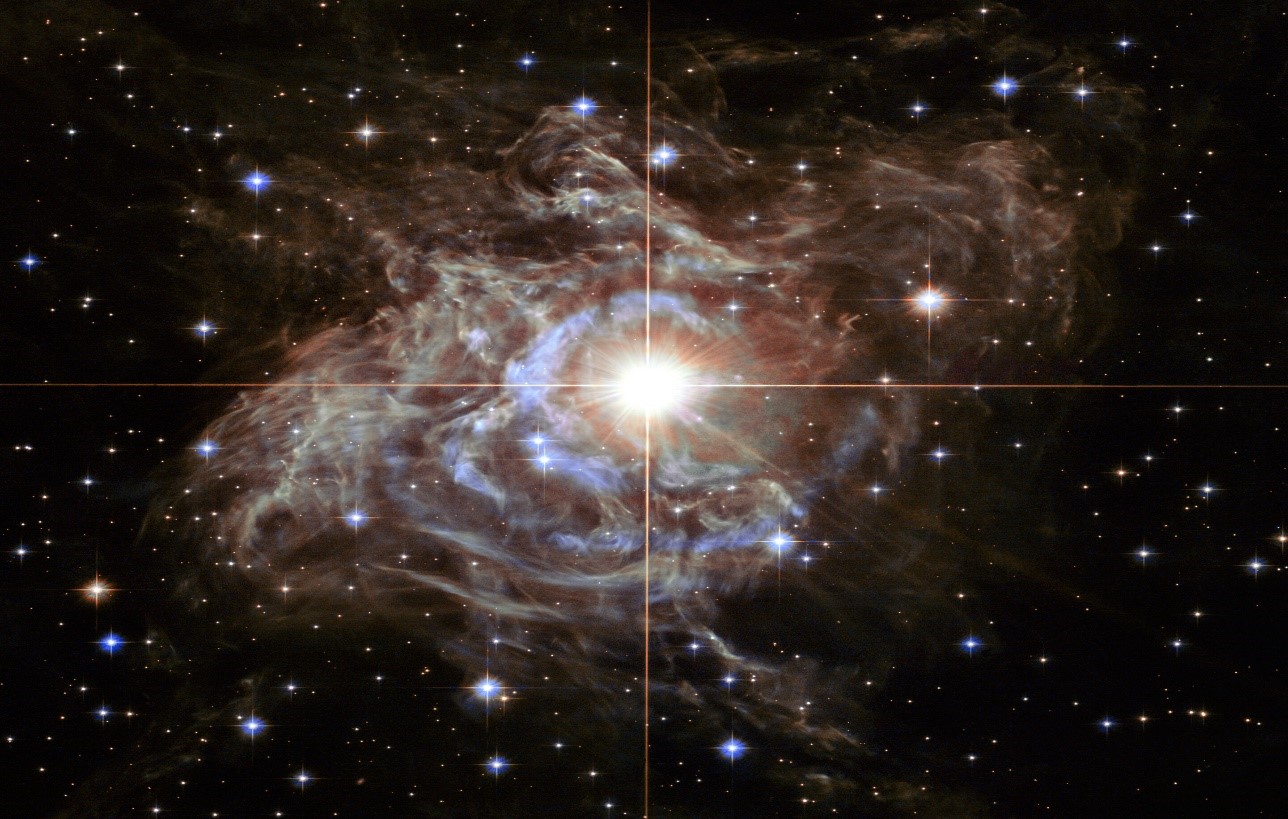Revisiting How a Subtle Magnetic Pulse Might Have Triggered Evolution 600 Million Years Ago
Indications propose that a feeble magnetic field in ancient times potentially fueled the expansion of life.
The Ediacaran Period, which spanned from approximately 635 to 541 million years ago, was a significant juncture in Earth's timeline. It represented a transformative epoch during which complex, multicellular organisms emerged, laying the groundwork for the subsequent explosion of life. However, the mechanisms driving this surge of life and the contributing factors on Earth remain a subject of inquiry.
Researchers from the University of Rochester have unearthed compelling evidence indicating that Earth's magnetic field was in an exceptionally unusual state during the proliferation and flourishing of macroscopic animals in the Ediacaran Period. Their findings, published in Nature Communications Earth & Environment, prompt speculation about whether fluctuations in Earth's ancient magnetic field might have precipitated alterations in oxygen levels, which could have played a pivotal role in facilitating the proliferation of life forms millions of years ago.

Figure 1. The Impact of Earth's Ediacaran Magnetic Field on Complex Life Development and Atmospheric Oxygenation: Insights into Planetary Evolution
Figure 1 shows The Impact of Earth's Ediacaran Magnetic Field on Complex Life Development and Atmospheric Oxygenation: Insights into Planetary Evolution. John Tarduno, the William Kenan, Jr. Professor in the Department of Earth and Environmental Sciences, highlights the significance of the Ediacaran fauna during the Ediacaran Period. [1] These organisms were remarkable for their resemblance to early animals, with some reaching sizes exceeding a meter (three feet) and exhibiting mobility, suggesting a likely increased need for oxygen compared to earlier life forms. Tarduno underscores that while previous theories regarding the emergence of the impressive Ediacaran fauna have focused on genetic or ecological factors, the close temporal correlation with the ultra-low geomagnetic field prompted a reevaluation of environmental factors, particularly atmospheric and oceanic oxygen levels. Tarduno also serves as the Dean of Research in the School of Arts & Sciences and the School of Engineering and Applied Sciences.
The Enigmatic Phenomenon of Earth's Magnetic Field
Approximately 1,800 miles beneath the Earth's surface, liquid iron swirls within the planet's outer core, generating its protective magnetic field. This unseen yet crucial force shields Earth from solar wind, a stream of radiation emitted by the sun, thus playing a vital role in supporting life on the planet. However, Earth's magnetic field hasn't always been as robust as it is today. Researchers have theorized that an unusually weak magnetic field might have played a role in the emergence of animal life. However, establishing this connection has proven challenging due to the limited data available on the strength of the magnetic field during that period.
Tarduno and his team employed inventive methodologies and advanced techniques to assess the intensity of the magnetic field. They achieved this by examining the magnetism preserved in ancient feldspar and pyroxene crystals sourced from anorthosite rock. These crystals contain magnetic particles that retain magnetization from the period when the minerals were formed. By dating the rocks, researchers can establish a timeline depicting the evolution of Earth's magnetic field. Utilizing state-of-the-art tools such as a CO2 laser and the lab's superconducting quantum interference device (SQUID) magnetometer, the team meticulously analyzed the crystals and the magnetism encapsulated within them.
A Subdued Magnetic Field
According to their findings, Earth experienced its weakest magnetic field known to date during certain periods of the Ediacaran Period—up to 30 times weaker than the current magnetic field strength. This ultra-low field intensity persisted for at least 26 million years. A diminished magnetic field facilitates the stripping away of lightweight atoms, like hydrogen, from the atmosphere by charged particles from the sun, allowing them to escape into space. Significantly, if hydrogen loss is substantial, more oxygen may remain in the atmosphere instead of combining with hydrogen to form water vapor. These chemical reactions contribute to the gradual accumulation of oxygen in the atmosphere over time.
Research conducted by Tarduno and his team suggests that during the Ediacaran Period, the ultra-weak magnetic field triggered a prolonged loss of hydrogen spanning tens of millions of years. [2] This loss potentially led to heightened oxygen levels in the atmosphere and surface ocean, paving the way for the emergence of more complex life forms. Previously, Tarduno and his research team uncovered that the geomagnetic field regained strength during the subsequent Cambrian Period, coinciding with the appearance of various animal groups in the fossil record. This resurgence established a protective magnetic shield, fostering the flourishing of life. Reflecting on these findings, Tarduno speculates, "If the exceptionally weak field had persisted beyond the Ediacaran Period, Earth's landscape might have been vastly different from its current water-rich state, potentially leading to gradual desiccation of the planet."
Dynamics and Evolution of the Earth's Core
The research implies that comprehending planetary interiors is essential when pondering the possibility of life beyond Earth. "It's intriguing to consider that phenomena occurring within Earth's core may ultimately influence evolution," Tarduno remarks. "As we explore the prospect of life elsewhere, it's imperative to also delve into the formation and evolution of planetary interiors."
References:
- https://scitechdaily.com/how-a-faint-magnetic-pulse-may-have-jumpstarted-evolution-600-million-years-ago/
- https://www.nature.com/articles/s43247-024-01360-4
Cite this article:
Janani R (2024), Revisiting How a Subtle Magnetic Pulse Might Have Triggered Evolution 600 Million Years Ago, AnaTechMaz, pp.21


